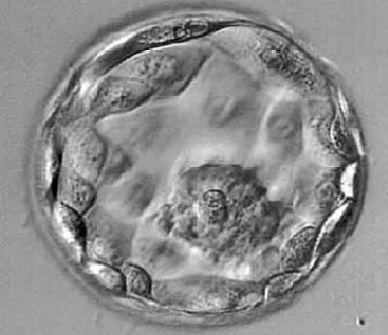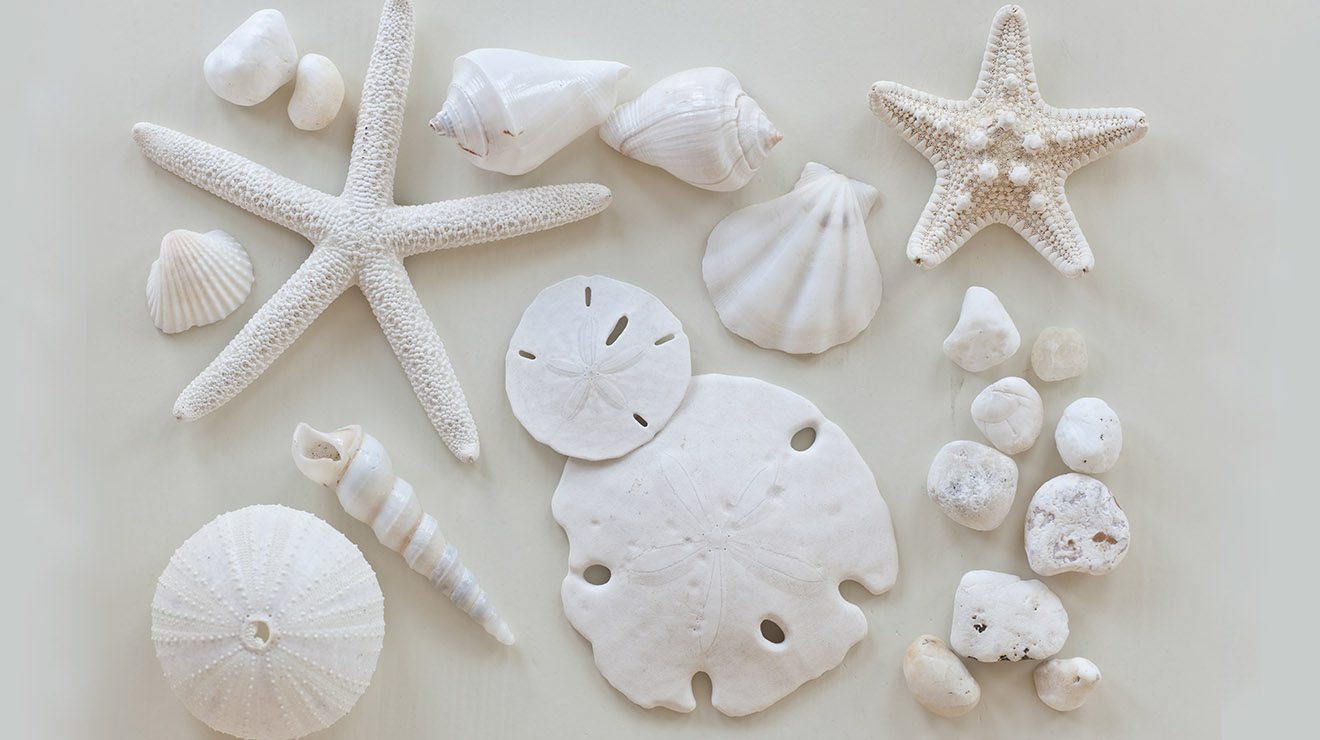The blastocyst is the stage of development where the embryo begins to separate into two compartments, one that will become the placenta (called the trophectoderm) and another that will become the baby (called the inner cell mass). It is the same stage of development at which the embryo arrives in the uterus in natural conception cycles.

Embryos can be transferred to the uterus at the cleavage stage (day 2-3 after fertilization), when they contain between 4 and 8 cells, or later at the blastocyst stage of development (day 5 after fertilization). The longer duration of culture in the laboratory does not make the embryos better; it simply allows the embryos to be observed longer, through two additional stages of development, which helps in selecting those that are most likely to implant, and the transfer of fewer embryos, which decreases the risk for conceiving a multiple pregnancy.
Improved Pregnancy Rates
Experience gained through preimplantation genetic testing has revealed that almost 50% of all four- to eight-cell embryos on day 2 or 3 after fertilization are chromosomally abnormal, even though they may look entirely normal. Because normal embryos are more likely than abnormal embryos to continue to grow and develop, a longer duration of observation in the laboratory allows for better identification of the embryo(s) most likely to be normal and to have the potential to become a baby. In turn, that allows only the embryos with the greatest developmental potential to be transferred into the uterus, or frozen for later use. Although, in general, only the best quality embryos continue to develop to the blastocyst stage, even some of those that do, and that look completely normal at that later time, are still abnormal. The chance for transferring, or freezing, an abnormal embryo is lower for blastocysts than for cleavage stage embryos, but blastocyst culture cannot guarantee that the embryo(s) selected for transfer or freezing will be normal or will implant and become a pregnancy.
In naturally conceived pregnancies, the egg and sperm combine in the fallopian tube and the resulting embryo travels back down the tube, arriving in the uterus 5-6 days after fertilization, at the blastocyst stage of development. Blastocyst culture therefore also allows the embryo(s) selected for transfer to be introduced into the uterus at the very same time they would arrive there normally.







